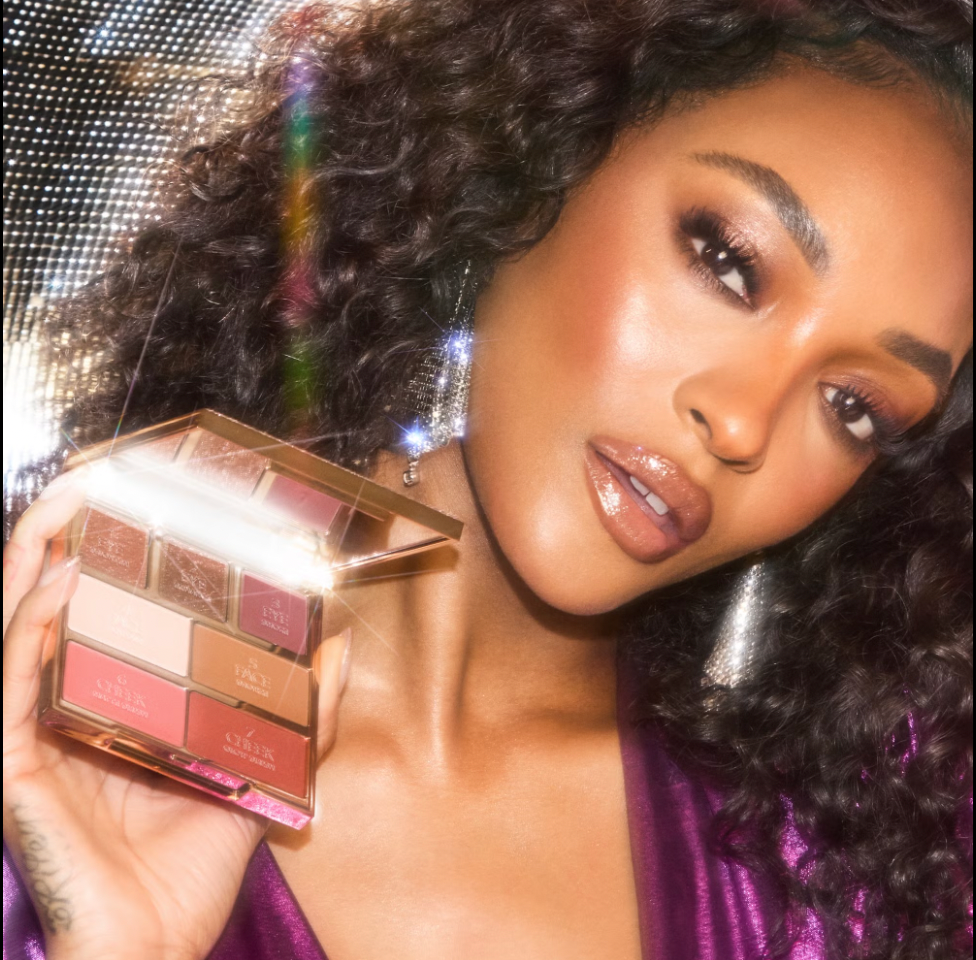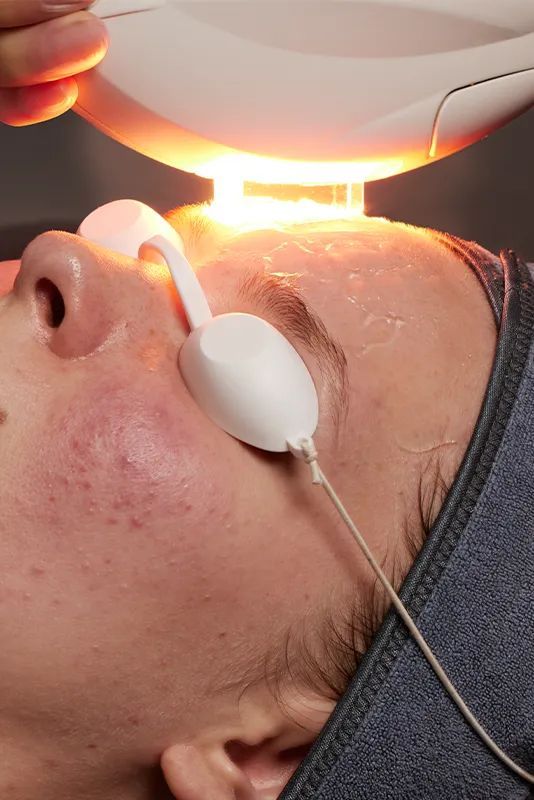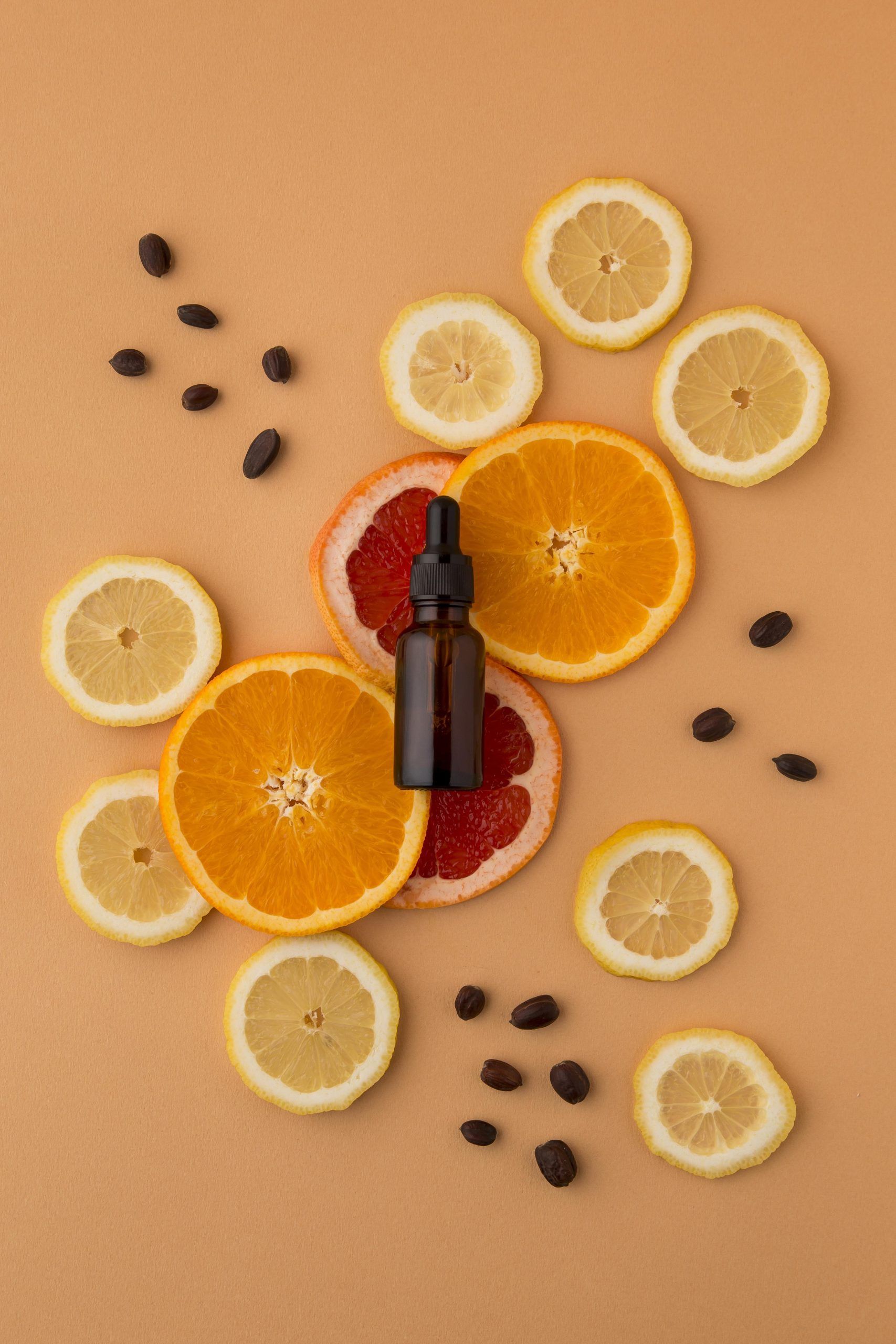Hair loss affects millions of women, but it’s rarely talked about, and even less often treated effectively. The truth is, some treatments really do work. Others? Not so much.
Treating female hair thinning often requires a “throw the kitchen sink at it” approach. That means using multiple treatments at the same time, not relying on one magic fix. Hair growth is influenced by hormones, blood flow, inflammation, nutrition, and more. Because of this, combining therapies (like minoxidil, microneedling, and laser treatments) is usually far more effective than using just one. The goal is to create the best possible environment for your hair to regrow; and that often means layering your efforts.
If you’re feeling overwhelmed, discouraged, or even embarrassed, you’re not alone. Hair loss can be deeply personal and frustrating, but there is real hope. You’re not imagining it, and you’re not overreacting. The fact that you’re here, reading this, means you’re ready to take back control.
This guide breaks down the top at-home treatments for female hair loss, ranked by effectiveness, and supported by real clinical research. Everything listed here is widely available in the UK and US and can be started at home, no clinic visits needed.
| Rank | Treatment | Proven Effectiveness | Best For |
|---|---|---|---|
| 🥇 1 | Oral Minoxidil | ⭐⭐⭐⭐⭐ | Consistent, full-scalp regrowth |
| 🥈 2 | Spironolactone (Rx) | ⭐⭐⭐⭐ | Hormonal hair loss, PCOS, excess shedding |
| 🥉 3 | Topical Minoxidil (5%) | ⭐⭐⭐⭐ | Localised thinning, early-stage loss |
| 🎯 4 | Microneedling (Dermarolling) | ⭐⭐⭐⭐ | Boosting minoxidil, drug-free follicle stimulation |
| 💡 5 | Low-Level Laser Therapy | ⭐⭐⭐ | Mild thinning, non-drug option |
| 🍽️ 6 | Nutritional Support | ⭐⭐ | If blood tests show a deficiency |
| 🧘♀️ 7 | Scalp & Lifestyle Support | ⭐ | Everyone, as supportive care |
Oral Minoxidil (low-dose pill)
Best for for women with diffuse thinning, sensitivity to topical products, or those who want a once-daily, no-fuss treatment
Oral minoxidil was originally developed as a blood pressure medication, but researchers discovered an interesting side effect: patients grew hair everywhere. Low-dose oral minoxidil (typically 0.25-2.5mg daily for women) works by acting as a potassium channel opener, which dilates blood vessels and dramatically improves circulation to hair follicles. This enhanced blood flow delivers crucial nutrients and oxygen while extending the anagen (active growth) phase of the hair cycle.
What to Expect
Hair growth is frustratingly slow, and here’s what to expect: in months 1-2, you might actually see more shedding (this is normal and temporary as weak hairs make way for stronger ones). Months 3-6 is when new growth becomes visible, followed by continued improvement in density and thickness through months 6-12. Long-term success means maintenance with continued use—stop the treatment, and you’ll gradually return to where you started. Take photos in the same lighting every month. Hair loss often slows before regrowth becomes visible.
Pros
- Highly effective across the entire scalp
- Easy to take (just one pill a day)
- No mess, no scalp irritation
- Pet-safe (unlike topical minoxidil)
Cons
- Prescription only
- Can cause mild water retention or unwanted facial hair at higher doses
- Not suitable during pregnancy or for people with certain heart conditions
Spironolactone (prescription anti-androgen)
Best for women with signs of hormonal imbalance (acne, irregular periods, excess facial/body hair) or diagnosed androgenetic alopecia.
Spironolactone is a prescription medication originally used to treat high blood pressure and fluid retention. It also happens to block androgen (male hormone) receptors, which means it reduces the effect of DHT, the hormone that shrinks hair follicles and causes thinning in women with pattern hair loss.
Because women produce small amounts of androgens naturally, blocking their effects can significantly slow or stop hormone-related hair loss over time.
Spironolactone doesn’t work overnight. Most users begin to see results after 4–6 months, with continued improvement at 9–12 months. It’s often prescribed alongside oral minoxidil for a complementary effec; one blocks the hormone, the other stimulates regrowth.
Pros
- Targets hormonal cause of hair loss
- Can reduce acne and excess body hair too
- Often paired with oral minoxidil for greater results
Cons
- Requires regular monitoring (potassium levels, especially in older patients)
- Prescription only
- Not safe during pregnancy (must use contraception)
- Can cause side effects like low blood pressure, breast tenderness, or increased urination
Topical Minoxidil (5% foam or liquid)
Best for women with thinning at the part line or crown, or those not ready for oral medication.
Topical minoxidil remains the most extensively studied hair loss treatment, with over 30 years of clinical data supporting its effectiveness. Originally available only in 2% concentrations for women, 5% formulations are now widely recommended and have shown superior results. The medication works locally by increasing blood flow to follicles, extending the growth phase, and gradually increasing hair fiber diameter.
The landmark studies establishing minoxidil’s effectiveness showed that 5% formulations produced 45% more hair regrowth than 2% versions. In clinical trials, approximately 60-70% of women experience at least moderate hair regrowth with consistent use over 12 months.
Don’t fall for the pink tax. “Women’s” minoxidil is often significantly more expensive than “men’s” minoxidil, even though they’re exactly the same formulation. The 5% foam marketed to men works just as well for women and costs way less. Check the ingredients, they’re identical!
Foam vs. Liquid Formulations:
The foam dries faster, feels less greasy, and is generally better tolerated, especially if you have fine hair that shows residue easily. The liquid version may penetrate slightly better and is usually more cost-effective, but it contains propylene glycol, which some people find irritating and can leave your hair feeling sticky or weighed down.
Pros
- Proven long-term effectiveness
- Available over the counter
- Foam dries quickly and is less greasy
Cons
- Must be used consistently, long-term
- Can cause scalp irritation or flaking
- Extremely toxic to pets, especially cats
- Some users dislike the texture or daily application
Our pick
Regaine 5% Minoxidil Foam
- The UK version of Rogaine
- Repeatedly praised for effectiveness and affordability (~£10/month)
- Foam-based, quick-drying, and contains the standard 5% strength referenced in numerous studies
Where to buy: amazon.co.uk
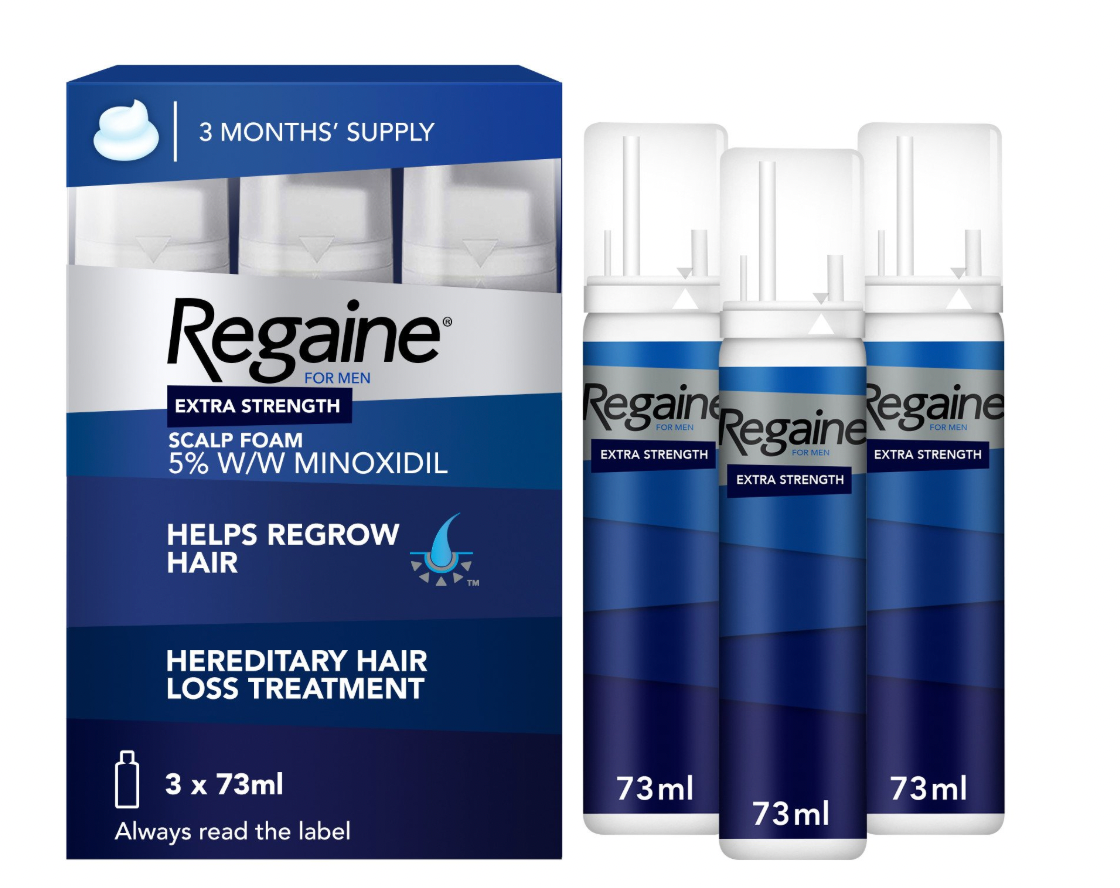
Microneedling (Dermarolling)
Best for women using minoxidil who want to boost results, or those seeking drug-free follicle stimulation.
Microneedling involves creating controlled micro-injuries in the scalp using a device with tiny needles. These micro-wounds trigger a cascade of healing responses, including increased production of growth factors (like VEGF and PDGF), enhanced blood flow, and stem cell activation. The process also increases the permeability of the scalp, allowing topical treatments to penetrate more deeply.
A 2013 clinical trial revealed that combining microneedling with minoxidil produced significantly greater hair growth than minoxidil alone, with some participants seeing a 400% improvement.
Our recommendation: Use a 0.5-1.0mm needle length, maintain strict hygiene, and limit sessions to 1-2 times per week to avoid over-stimulation.
Pros
- Boosts the effects of minoxidil
- Affordable and easy to use at home
- Can be done 1–2 times per week
Cons
- Must be done with proper hygiene to avoid infection
- Slight discomfort during use
- Results take time and consistency
Our pick
Pure Derma London 0.5 mm Dermaroller
- UK-made with high-quality 0.5 mm titanium needles
- Ideal for scalp use and microneedling alongside minoxidil
- Supports clinical protocols and easy sterilisation after each use
Where to buy: purederma.co.uk
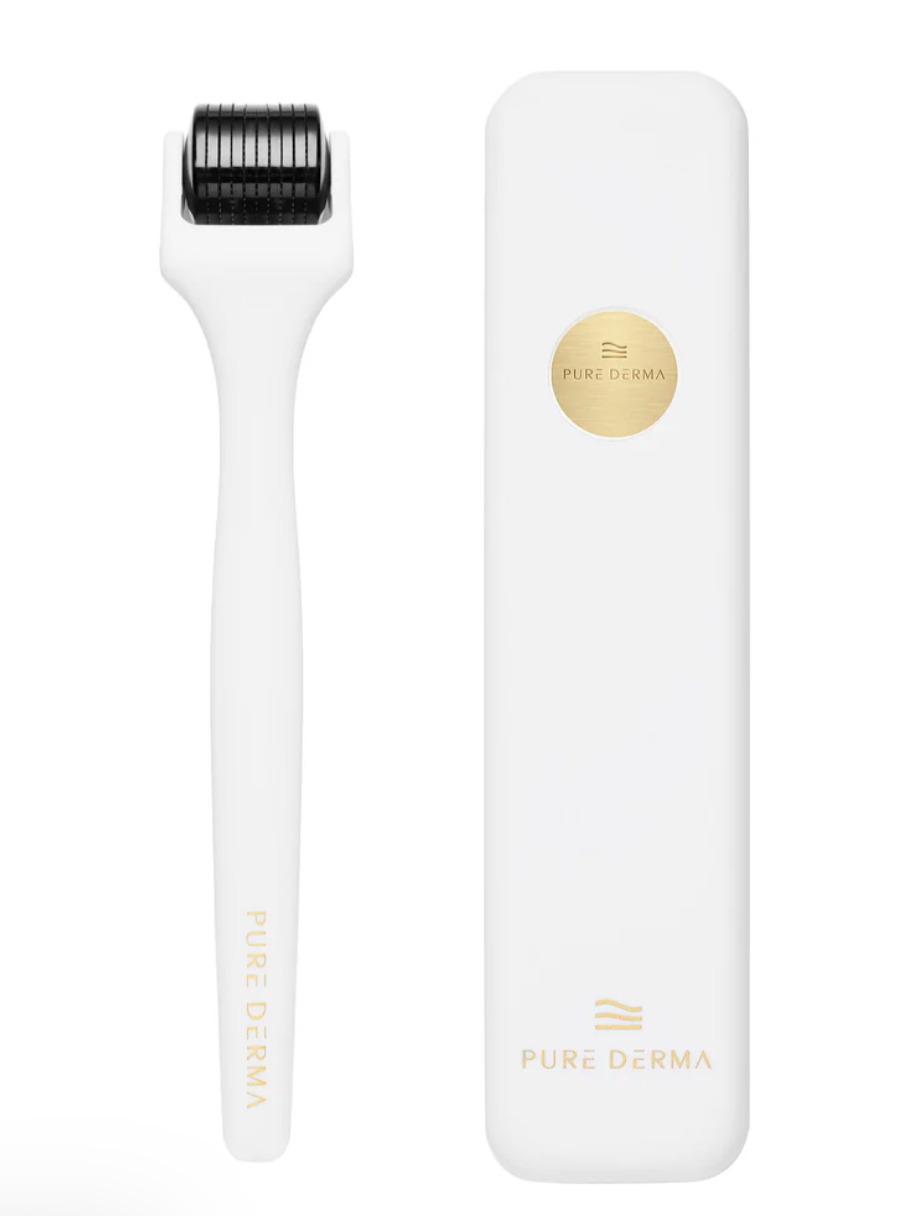
Low-Level Laser Therapy (LLLT)
Best for women with mild to moderate thinning who want a non-drug option.
LLLT devices emit specific wavelengths of red light (typically 630-700 nanometers) that penetrate the scalp and stimulate cellular activity within hair follicles. The photons are absorbed by mitochondria, increasing cellular energy (ATP) production and potentially extending the anagen phase while improving hair shaft quality.
Pros
- Safe, painless, and non-invasive
- Can be used alongside other treatments
- No daily mess or scalp contact
Cons
- Devices can be expensive
- Requires consistent use (3–4x/week for several months)
- Works best in early-stage thinning
Our pick
iRestore Essential Laser Cap
- FDA-cleared and well-reviewed in the UK
- Clinical studies report a 37% increase in density within 26 weeks
- Ideal for mild to moderate thinning
Where to buy: irestorelaser.com
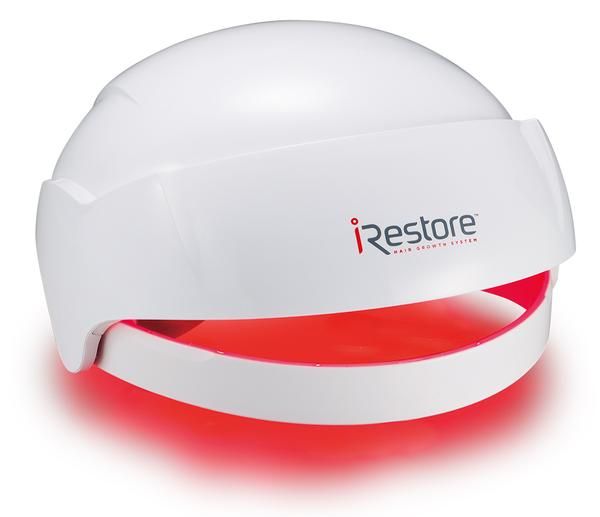
Nutritional Support
Best for women with confirmed deficiencies in iron, vitamin D, or zinc.
While supplements alone rarely reverse pattern hair loss, addressing specific nutritional deficiencies can significantly impact hair health and growth potential. Hair follicles are among the most metabolically active tissues in the body, requiring adequate nutrition for optimal function.
Key Nutrients for hair health:
- Iron is essential for hair follicle function, particularly in premenopausal women
- Vitamin D supports follicle cycling and new hair growth
- Zinc is crucial for protein synthesis and hair structure
- Biotin is important for keratin production, though deficiency is rare
Pros
- Essential for hair health when needed
- Can improve energy, skin, and nails too
Cons
- Won’t help if levels are normal
- Some supplements (especially iron) can cause side effects
- Requires blood testing to diagnose
6. Scalp & Lifestyle Support
Best for everyone. These habits support healthier follicles and prevent unnecessary shedding.
These won’t cure hair loss on their own, but they create the best environment for growth and prevent unnecessary damage.
Managing chronic stress isn’t just good for your mental health, it can prevent a type of hair loss called telogen effluvium where stress literally shocks your follicles into shedding mode. Your daily hair routine matters too: swap harsh sulfate shampoos for gentler formulas, ease up on the heat styling, and stop pulling your hair into tight ponytails that stress your follicles. A ketoconazole shampoo (like Nizoral) used once or twice a week may help calm scalp inflammation, and regular scalp massage feels amazing while potentially boosting circulation to your follicles.
Pros
- Helps prevent further damage
- Supports other treatments
- Improves overall well-being
Cons
- Won’t reverse hair loss alone
- Requires patience and consistency
Our pick
Nizoral Anti-Dandruff Shampoo (Ketoconazole 2%)
- Reduces scalp inflammation and excess yeast (malassezia)
- Helps maintain a healthy environment for regrowth
- Use 1–2x per week alongside your regular shampoo
Where to buy: amazon.co.uk
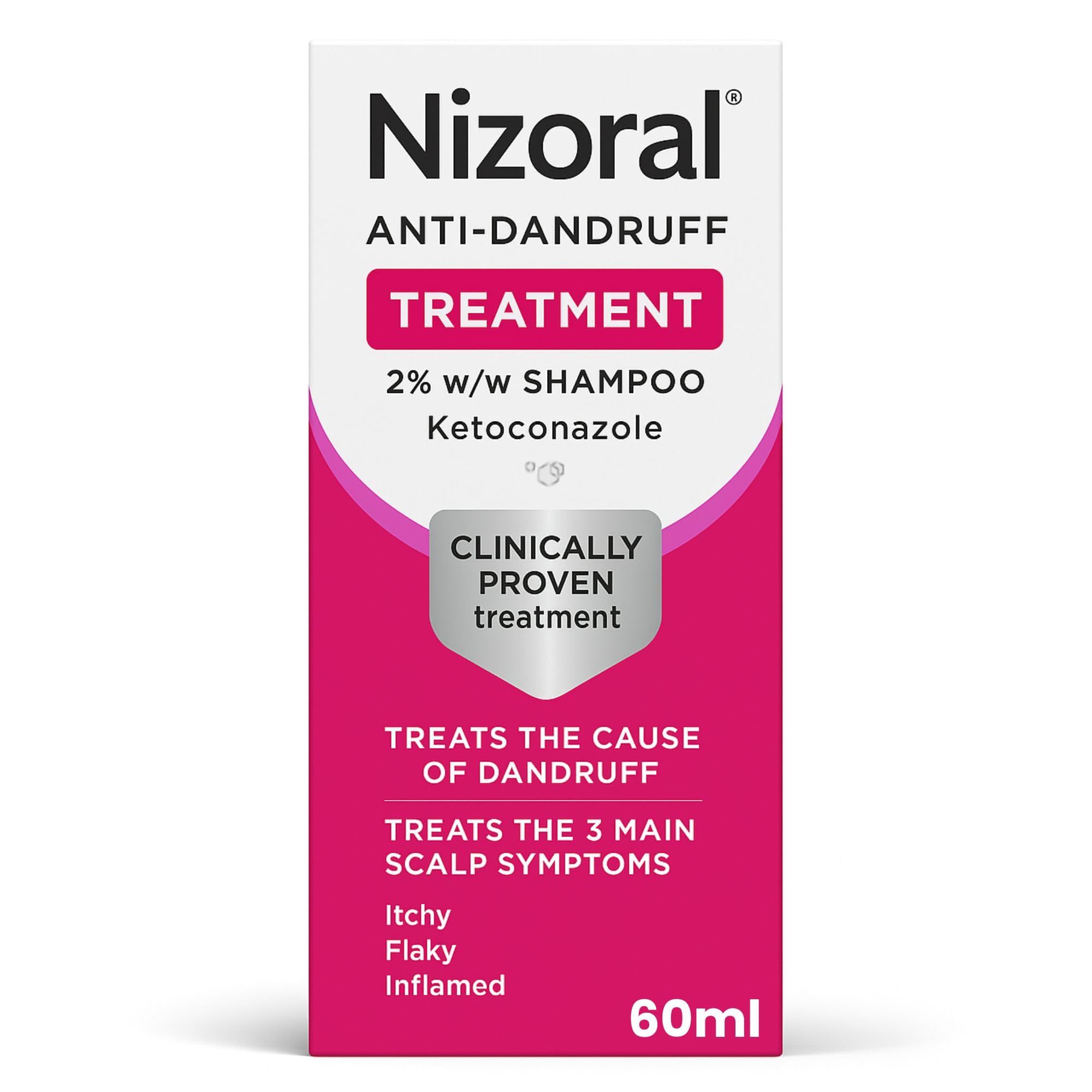
Hair loss in women is absolutely treatable, but it’s not an overnight fix. Getting real results takes patience, consistency, and a little bit of faith in the process. The treatments shared here are backed by solid research and are among the best options you can use at home. That said, everyone’s hair story is different. Your results will depend on the root cause, your genetics, and how closely you stick with your routine.
Hair thinning and hair loss in women FAQs:
Can I use more than one treatment at the same time?
Yes — and in many cases, you should. Hair loss is influenced by multiple factors (circulation, hormones, inflammation, follicle damage, etc.), so combining treatments that address different causes often leads to better results. For example, using oral minoxidil with microneedling and laser therapy is a popular and effective combo.
How long before I see results from hair loss treatments?
Most people see the first signs of progress between 3–6 months, but full results usually take 9–12 months (or longer). Hair grows slowly — about 1 cm per month — so patience is key. It’s common to see more shedding in the first 1–2 months, especially with minoxidil. This is normal and usually a sign that weak hairs are being pushed out to make room for new ones.
Is it safe to use the “men’s” version of minoxidil as a woman?
Yes. The 5% foam or liquid marketed to men is chemically identical to the one labeled for women — it’s just cheaper. The so-called “pink tax” makes the women’s version more expensive for no scientific reason. If you’re using the foam, start with once daily to minimize irritation or sensitivity.
Are these treatments safe for long-term use?
Generally, yes, especially if used as directed. Minoxidil (both oral and topical) has been used safely for decades. Laser therapy and microneedling are non-invasive and low-risk when done properly. That said, anyone with preexisting health conditions, especially related to heart, liver, or skin, should consult a doctor first — especially before starting oral minoxidil.
I’m not losing clumps of hair — just noticing thinning. Is this the same thing?
Yes — it’s often just an earlier stage. Hair loss can be diffuse (spread across the scalp) rather than dramatic shedding. You may notice a wider part, more visible scalp, or your ponytail feeling thinner. Early treatment is ideal, as it’s easier to maintain and thicken hair than to regrow what’s been lost for years.
What’s better — oral or topical minoxidil?
Oral minoxidil is often more effective overall, especially for widespread thinning, and is easier to stick to (just one pill per day). However, it requires a prescription and comes with more systemic risks. Topical minoxidil is available over the counter and may be a better option for people who want to start slow or have fewer concerns about side effects. Some people combine both under doctor supervision
Is microneedling really worth the pain? It sounds intense.
Yes, it’s one of the most underrated tools, especially when combined with minoxidil. Microneedling improves absorption of topical treatments and activates growth factors in the scalp. It does require some discipline (1–2x per week, clean technique), but it’s affordable and non-hormonal. Most users report visible thickening after a few months.
Are supplements like biotin worth taking?
Only if you have a deficiency. Biotin deficiency is rare and unlikely to cause hair loss in most people. However, low levels of iron, vitamin D, or zinc are common in women and can contribute to hair shedding. Always test before you supplement; more isn’t always better, and high doses of certain vitamins can actually cause problems.
Is it possible to completely reverse hair thinning?
A: It depends on the cause and how early you start. Some women see near-full regrowth, while others maintain what they have or see modest improvement. The earlier you begin treating, the better the outcomes tend to be. Think of it like dental care, consistent upkeep is better than waiting for a crisis.
How do I know what’s causing my hair loss?
Female hair loss can stem from genetics (androgenetic alopecia), hormonal changes (e.g., post-pregnancy, PCOS), stress, autoimmune issues, nutritional deficiencies, or even tight hairstyles or hair extensions. If in doubt, start with bloodwork (iron, vitamin D, thyroid, ferritin) and consider visiting a dermatologist or trichologist to pinpoint the cause.
Can these treatments help menopausal or postmenopausal hair loss?
Yes, though results can be slower. Hormonal changes during and after menopause often trigger thinning, particularly at the crown or part line. Minoxidil (oral or topical) and LLLT are commonly used, and layering microneedling or scalp treatments can help too. In some cases, prescription medications like spironolactone may be added, that’s covered in Part 2 of this series.


